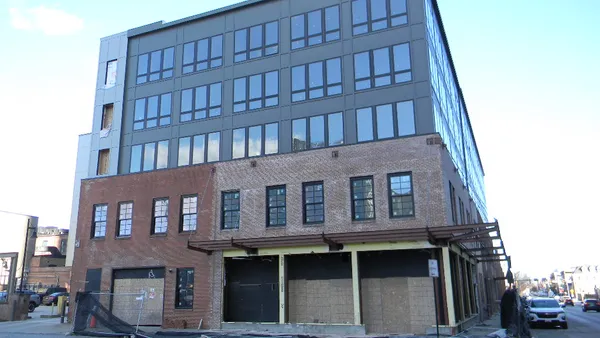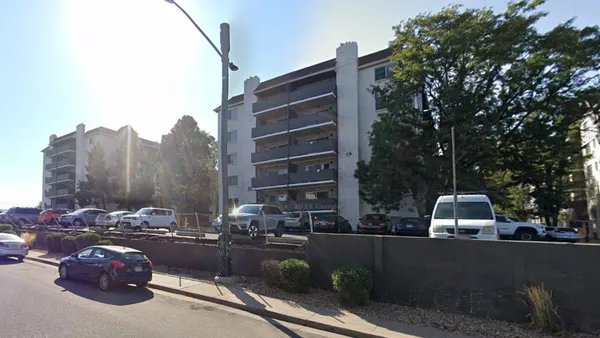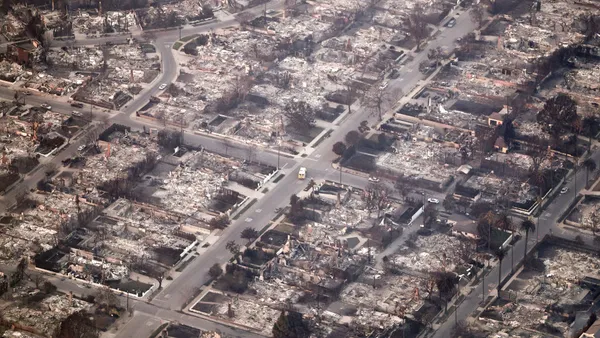Every year, the federal government requires communities nationwide to count the number of people experiencing homelessness. This “point-in-time” data paints a broad-stroked picture of whether homelessness in the U.S. is increasing or decreasing over the years.
But what is not captured in that information is all the progress — or lack thereof — that happens in between the annual counts. Some local homeless service providers are taking it upon themselves to fill in those gaps with “by-name data,” a comprehensive list of every person experiencing homelessness that is updated monthly, weekly or even daily.
“Using the data in this way makes things more actionable,” Adam Ruege, director for strategy and evaluation for the nonprofit Community Solutions’ Built for Zero team, said at a May 2 webinar held by New York University’s Housing Solutions Lab. More granular data allows local leaders to better understand what factors may be driving increases or decreases in homelessness, he said.
For example, one community that Ruege worked with was able to discern through the data that increases in homelessness were being driven by evictions in two zip codes, predominantly among Black men. That motivated the community to focus its efforts on preventing eviction rates in those specific areas, he said.
By-name lists include a file for each person with their name, homeless history, health and housing needs, according to Community Solutions. The information is collected and shared with each person’s consent. The federal Homeless Management Information System, which many communities use to monitor homelessness, can be configured to track this information, Ruege said.
But creating a by-name list requires all the agencies and service providers in a community to commit to sharing data in a single place, he said. “We know that's challenging and that it can take a long time to bring people to the table,” Ruege said. “But we've seen that time and time again, it works, and people are willing to come to the table.”
A group that coordinates the homelessness response in the Chattanooga, Tennessee, region recently created a digital tool to let different groups within the community contribute to its by-name list, which lives in a Microsoft Excel spreadsheet. The web-based, mobile-friendly tool allows for the assessment of individuals experiencing homelessness, explained Jodie Legg, data analyst for the Chattanooga Regional Homeless Coalition, at the Thursday event.
“We're able to get that assessment tool into our schools, our hospitals, our health clinics, our libraries,” Legg said. “Our street outreach workers can use it. Our [Veterans Affairs] and domestic violence providers that were using different systems could now use the same tool.”
“Most of those places want to be able to help,” she continued. “This gives them a tangible way to help.”
The by-name data can also show providers where gaps in services exist. Three years ago, the Chattanooga coalition’s data showed a disproportionately small percentage of Latinos experiencing homelessness in the community, the coalition’s interim executive director, Mackenzie Kelly, said. But when the team looked into the issue further they discovered that it wasn’t that they weren’t experiencing homelessness, “it was that we were wildly underserving them, and they were not finding access to the system,” Kelly said.
“We started partnering with different organizations that were serving that population,” she said. “Now our data is showing much more representative numbers.”












